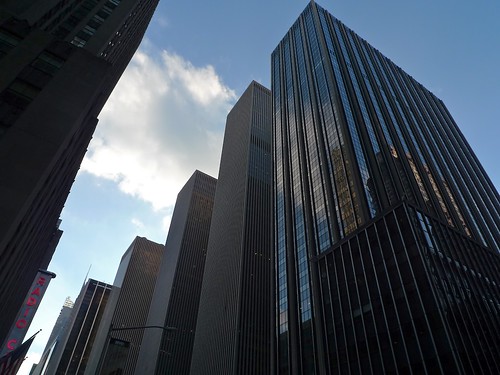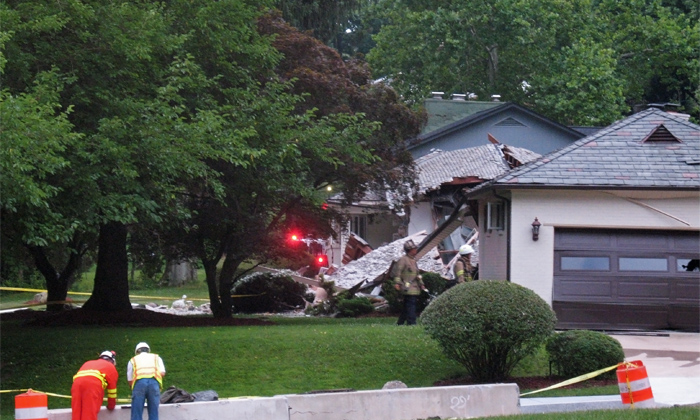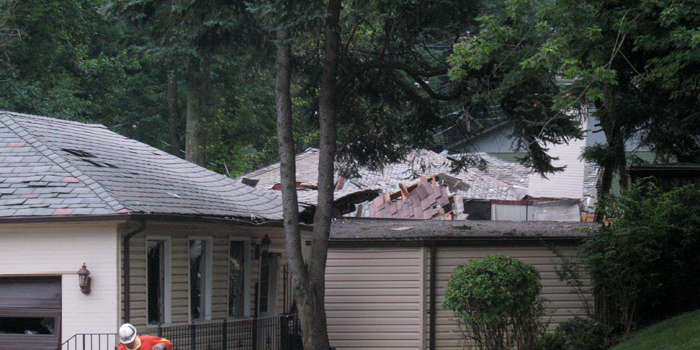
Tenleytown: The Ward 3 Aquatic Center, or the Wilson Pool, as everyone will call it, will have a formal opening, complete with Fenty, on Monday, August Third, at 10:30 AM. The Hughes group have put together an inoffensive structure, but it supposedly boasts the capability for daylighting, natural ventilation, and water-loss mitigation, earning it a LEED Silver certification. The pool has been desperately needed since the shoddily built predecessor started falling apart at a more rapid rate in 2003.
Hawthorne, Palisades, Green Acres?: Opposition to sidewalks continues in the hinterlands of DC, where DDOT has been adding the badly needed infrastructure. This time, it’s over in Palisades, on Chain Bridge Road and University Terrace. Roger Lewis and Ward 3 Council member Mary Cheh went on the Kojo Nnamdi show. Lewis shared some interesting history, but it was Cheh that laid down the law, insisting on sidewalks, but also demanding DDOT involve community members more. The two both agreed that the rational need for a network of sidewalks was a no-brainer. Callers disagreed, for some reason, mostly that “they’re not used” and they’ll “ruin the character of the neighborhood.” The panelists offered reasonable responses to the entitled views of opponents.
However, aside from the Cheh-Lewis lovefest, the two missed some important points, such as the dubious wisdom of low-density, limited-network streets in the middle of the city. One of the callers declared that residing in the area seemed like living in the country, but near the city. That’s just swell, but neither addressed whether having such low density a mere 4 miles from the center of town was a good idea. Also, Nnamdi and Lewis both guiltily admitted to driving on University Terrace routinely. Listen to the conversation, it’s worth some down time.



